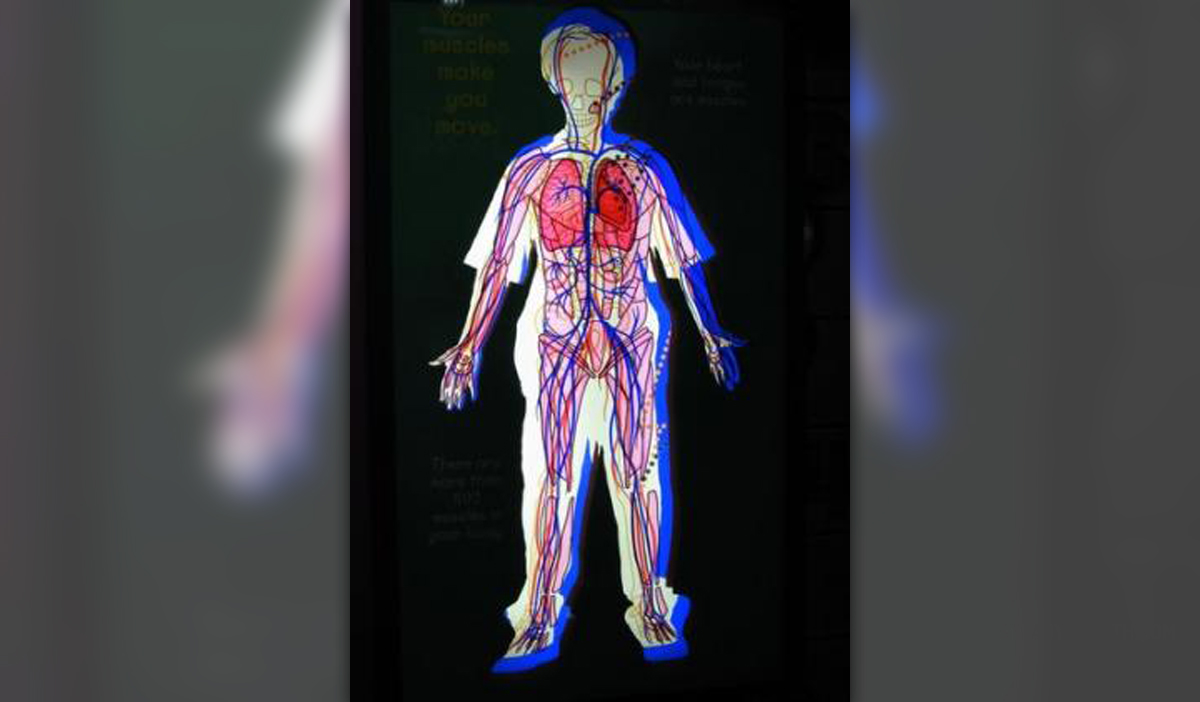
The circulatory system is a made up of organs that serve to pass nutrients, for example amino acids and electrolytes, gases, hormones, blood cells and other, to the cells in the body. This nutrient exchange is vital in fighting diseases and preserving ideal state of the body, it stabilizes bodily temperature and pH levels.
Circulation
The circulatory system is made up of the vessels and muscles that serve to control the blood stream around the body. At the beginning of circulatory loop, blood leaves the heart from the left ventricle and enters the aorta, the largest artery in the system. From the aorta, blood leaves fully oxygenized and travels throughout the body, to feed the cells of human organs.
On the way back, the blood is transmitted through the system of veins. In the lungs, it gets free from the carbon dioxide and enriches again with the fresh oxygen inhaled through the respiratory system.
Heart
The heart is a muscular organ that plays an important role in the circulatory system. It is also the strongest muscle in humans’ body, situated at the center of the chest. The main task for heart muscle is to make rhythmic contractions and pump the blood around the body. The average human heart is beating at 72 beats per minute, and each heartbeat is in fact starting of a new circulatory loop. Before each beat, the heart fills with blood and then contracts to squirt the blood along. Blood is made in four chambers – two at each side of the heart. The two top chambers are called atria, and these are filled with blood returning to the heart from the body. The two bottom chambers are called the ventricles, and they serve in the process of squirting the blood to the lungs.
The Lungs
The lungs are vital organs in the respiratory system of humans and air-breathing animals. There are two lungs in the human body and their function is to carry oxygen from the atmosphere to the bloodstream, and to discharge the waste product of metabolism, carbon dioxide, into the atmosphere. Inhaled air travels through the mouth or nose, oropharynx, nasopharynx, the larynx, the trachea and a complete system of bronchi and bronchioles until it reaches the alveoli. This is where the process of the exchange of carbon dioxide and oxygen takes place.
Blood and Blood Vessels
Blood and blood vessels are not organs but they are important constituents of a circulatory system. Blood is a bodily fluid that carries the nutrients and oxygen trough the body, and transports the waste products away from the cells. Blood is composed of blood cells and a liquid called plasma. The plasma is 95% water and the other 5% is made of dissolved substances and salts.
The blood vessels are the main routs of transporting blood throughout the body. Blood vessels are divided into three main categories: the arteries, which transport the blood away from the heart; the capillaries, which are making possible the exchange of water and nutrients between blood and the cells; and the veins, which carry blood the other way round, from the cells and capillaries to the heart.


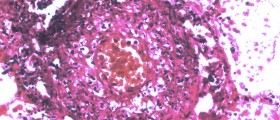
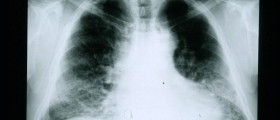
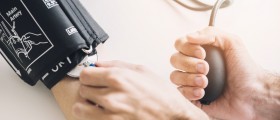

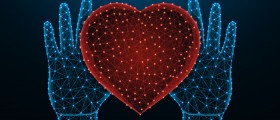

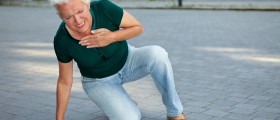
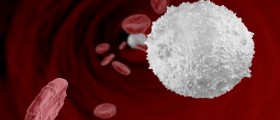
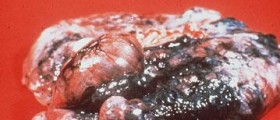

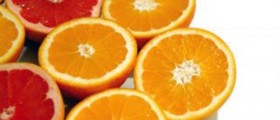

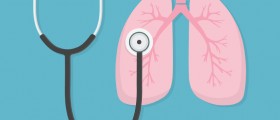
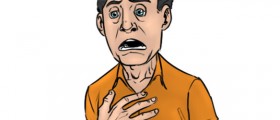

Your thoughts on this
Loading...